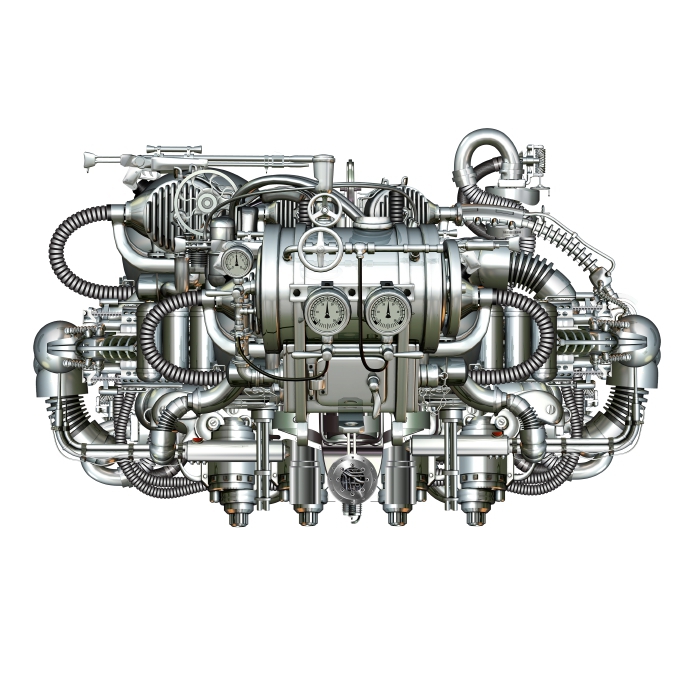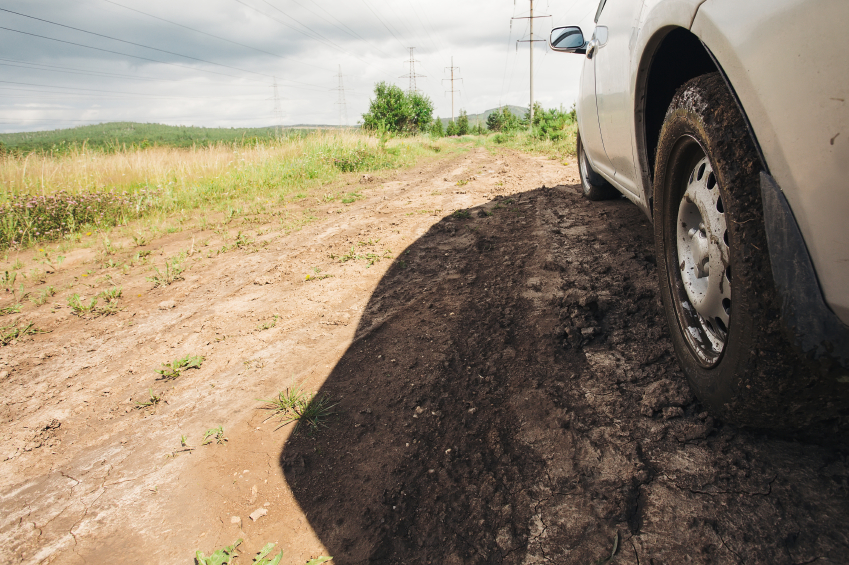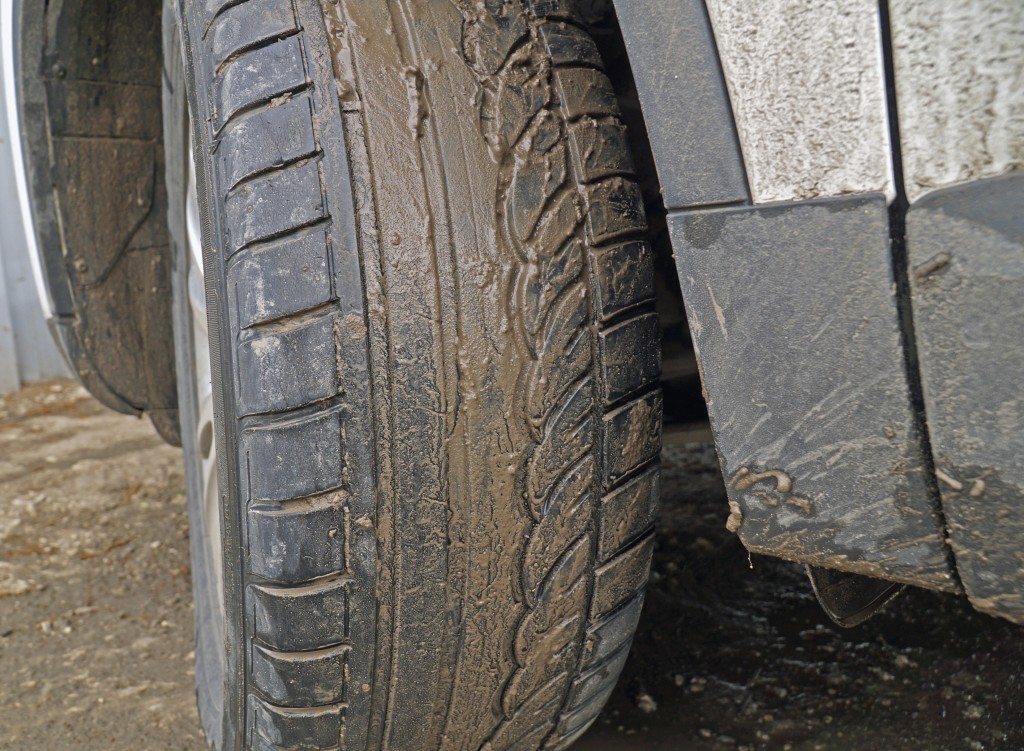At CWS 4×4, we specialise in providing spare parts for Land Rovers and other 4×4 vehicles. Four wheel drive vehicles are becoming increasingly popular, especially with people that are looking for an off-roading adventure, with some of the most popular 4×4 vehicles being Land Rovers and Range Rovers.
But have you ever wondered how a 4×4 system works? Well, we can safely say that it’s a little more in-depth than standard two wheel drive, or 2WD, systems.
Essential Parts to a 4×4 System
When it comes to a 4×4 system, there are a couple of important parts that you need to know about;
- The engine
- The transmission
- The drivetrain
The engine is responsible for providing the power to the rest of the vehicle. It does this through a series of complex processes that follow thermodynamic laws. The transmission, also known as the gearbox, is responsible for controlling the power that is generated by the engine.
If you change from first gear to second gear, and so on, then the transmission is the key component of that process. The drivetrain is used to connect the transmission to the drive axles and it is used to split the power from the engine to the different wheels.

How Does Four Wheel Drive Work?
In a nutshell, the main aspect of four wheel drive, or 4WD, is to split the power from the transmission to the front and rear wheels via a set of gears known as a transfer case.
When it comes to 4WD, there are two important types; part time 4WD and full time 4WD. In part time 4WD, the transfer case has a low and high gear setting, meaning that the driver is able to change the overall gearing of the vehicle, which is important when you are wanting to change the amount of torque your vehicle is using. For a high amount of torque, then a low gear setting is required and vice versa.

Part Time 4WD
One important aspect of part time 4WD is that the driver is able to switch between 2WD and 4WD, depending on the terrain that you are driving on. The benefit of part-time 4WD is that it can provide great traction when you are driving off road. However, the downside to this is that the four wheels all rotate at the same speed, which is good for straight roads but bad for curved ones.
On curved roads, the front wheels rotate faster than the rear wheels but because this cannot happen, it means that transmission wind-up and understeering can occur in the back wheels.
Full Time 4WD
The difference between the two types of 4WD is that, with full time 4WD, you cannot switch between 2WD and 4WD and there is a centre differential on the main axle that can adjust the different tyre speeds.

Maintaining your vehicle is essential, especially if you like to go off road or you are wanting to go on an adventure with your family or friends. If you are in need of some spare parts, whether that be a gearbox or any other essential part, then we can help you out. Make sure to contact us today and we will be more than happy to help.


